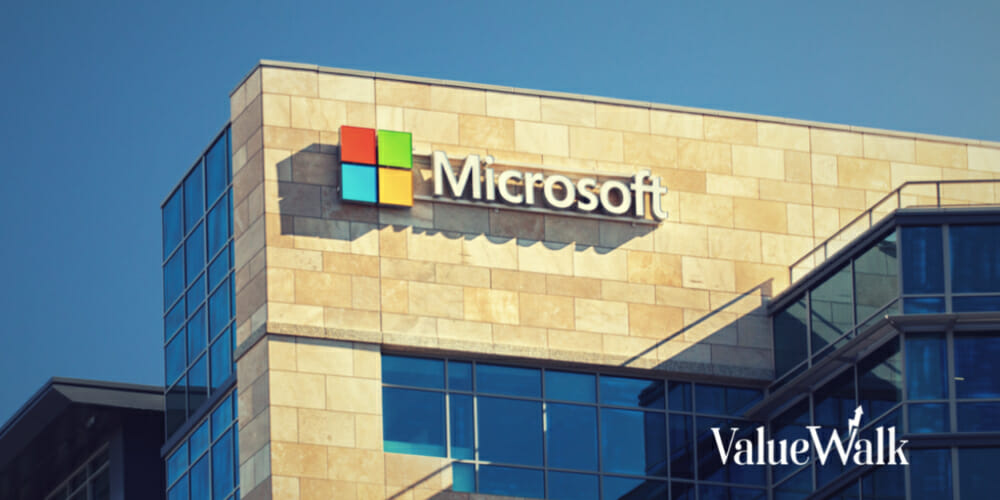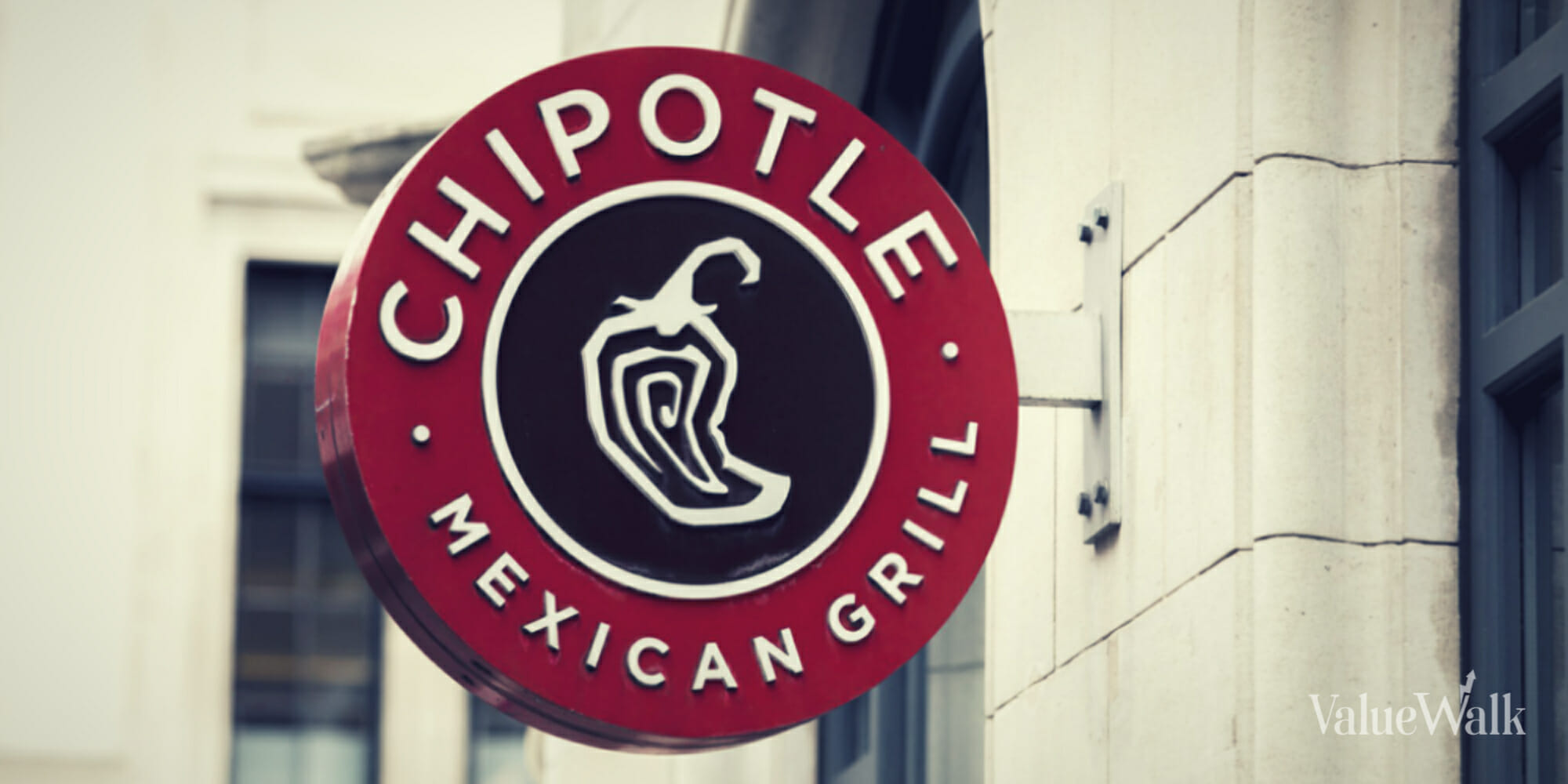Amazon stock is up by about 16% year to date and 46% for the last 12 months, but analysts see nowhere to go but further up, especially as more brick-and-mortar stores bite the dust. The online retailer’s private labels have also been taking share from other brands, and it just keeps expanding into new areas of business, with payments being one of the newest additions.
Death knells for brick-and-mortar are party sounds for Amazon
Short-sellers have been having a field day with Sears Holdings recently, as the retailer that’s been trying to stay afloat for years finally is finally circling the drain. Amazon has clearly taken a bite out of Sears and Kmart, not to mention the many other traditional retailers that have taken a hit from it. The retail industry is being slowly transformed by bankruptcies, changings in management, strategic reviews and restructuring, with J.C. Penney, Macey’s, and several other big names being affected.
As macabre as it sounds, Cantor Fitzgerald analyst Youssef Squali has bumped up his price target for Amazon stock from $965 to $970 because of the growing number of store closings. He also reiterated his Overweight rating on Amazon stock this week. He estimates annual sales opportunities amounting to about $2.5 billion just from J.C. Penney, Macy’s and Sears alone.
As a result, he added $500 million to his revenue estimate for Amazon this year and $1 billion to his estimate for next year, as he estimates that Amazon will attract 20% of the “revenue opportunity flowing out of the closed stores” this year and 40% next year.
Private label push is next
Squali notes that online shopping will keep devouring traditional retail, as e-commerce is expected to grow by 15% to 20% year over year. Amazon is the largest beneficiary, as it has a 35% share of the e-commerce market. But the company isn’t going to stop at mauling traditional retailers. It has also started a quiet push into private brands.
The analyst noted that Amazon has been able to identify places where supply and demand is the most uneven using its data and then fill in the gaps with its private label merchandise. Further, the company’s private labels have enabled it to boost its gross margins and loyalty among Prime subscribers.
He found that most of the online retailer’s private labels are in the Electronics vertical, although he sees great opportunities in Apparel, which makes up $24 billion in gross sales. His checks suggest that more private label brands are coming from the company, and with the many stores that are closing (presumably taking their private labels with them), he feels that Amazon is primed to disrupt this segment.
He estimates that the company’s private label revenues amounted to $2 billion last year, and if the current pace of growth is sustained, he pegs private label sales at $15 billion to $20 billion by 2022. He also estimates that Amazon’s blended private label sales have about 10% to 12% higher gross margins than other branded products, thus producing higher operating profit margins.
Amazon is more than just retail
There seems to be nowhere the online retailer isn’t planning to go, so it’s no wonder Wall Street sees such vast opportunities ahead of it. Morgan Stanley analyst James Faucette examined the Amazon Go payments offering and feels that it could have “meaningful implications” for the payments industry, but only if it can be scaled among brick-and-mortar retailers. He questions whether this is possible, given that Amazon Fresh, the company’s grocery store competitor, has been in existence for about 10 years but has yet to become a huge hit. He expects the same thing to happen with the Go stores.
The concept is an entirely seamless shopping experience. Shoppers enter a brick-and-mortar store and open the Go app and then walk around the store and even leave without checking out. The store uses sensors and technology to figure out what they bought and then charges them for those items.
The Amazon Go concept store doesn’t have near-field-communication, Wi-Fi, last minute offers or any other components that most consider to be necessary for the future of payments. Instead, the stores are aimed at minimizing friction, even by eliminating payment terminals. The concept is still in the beta testing phase and thus only open to employees, but Faucette feels that eventually, it could disrupt some aspects of the payments industry, depending on the scale of the roll-out and how widely brick-and-mortar stores adopt it.
This week, the company announced that it is indefinitely delaying the launch of its Go concept store, saying that it isn’t ready and indeed might not be for a while. It said the current technology it has isn’t able to track more than 20 shoppers at a time and is also having trouble tracking products after the customers have them.
Shares of Amazon stock edged upward by as much as 1.31% to $887.85 during regular trading hours on Friday.





